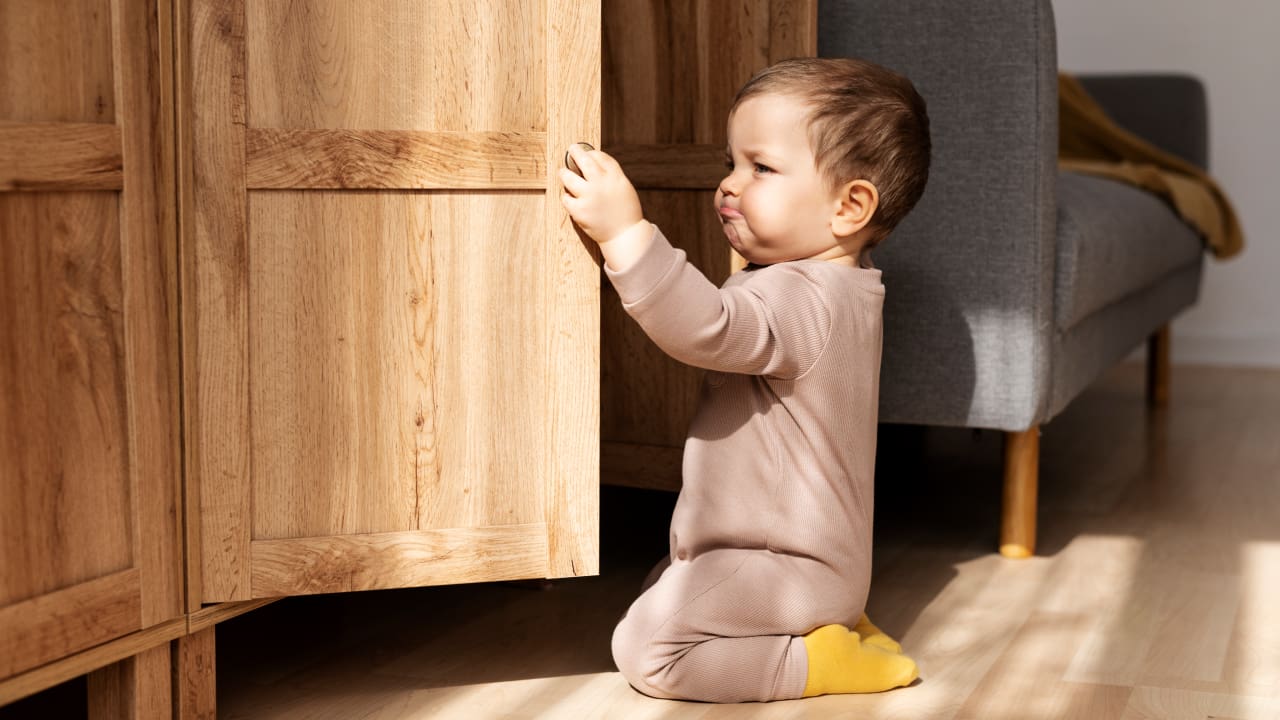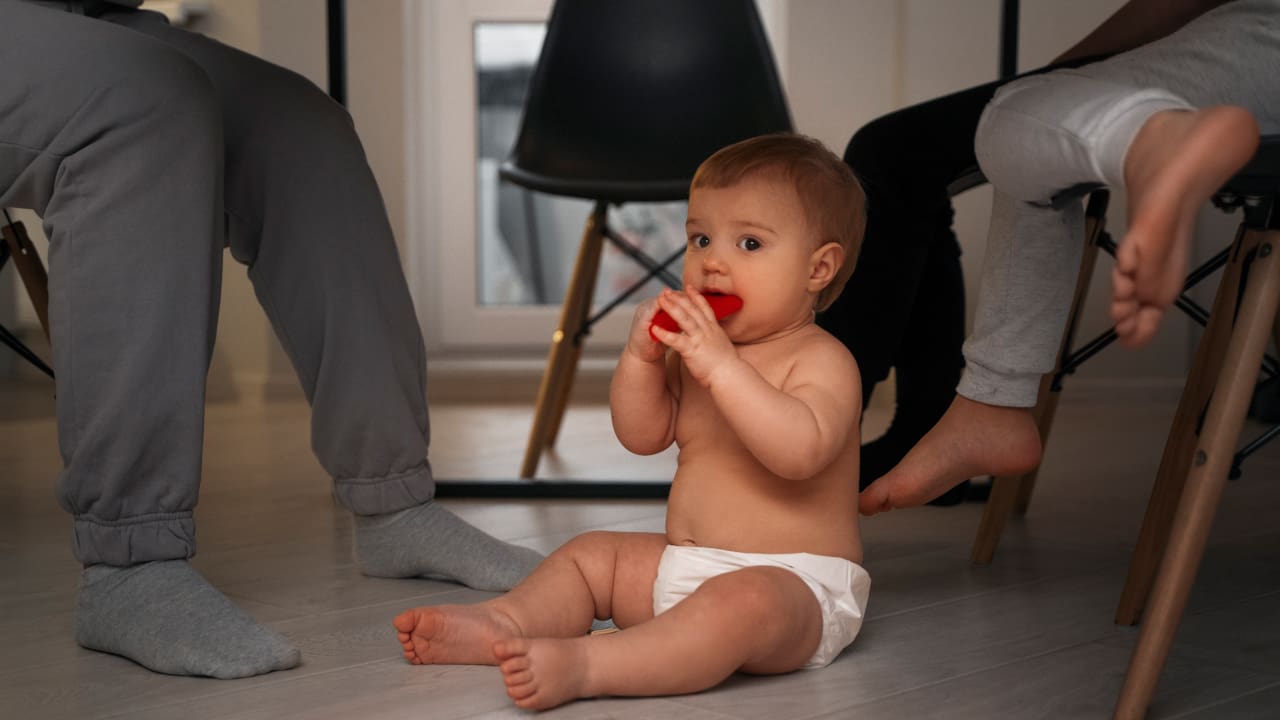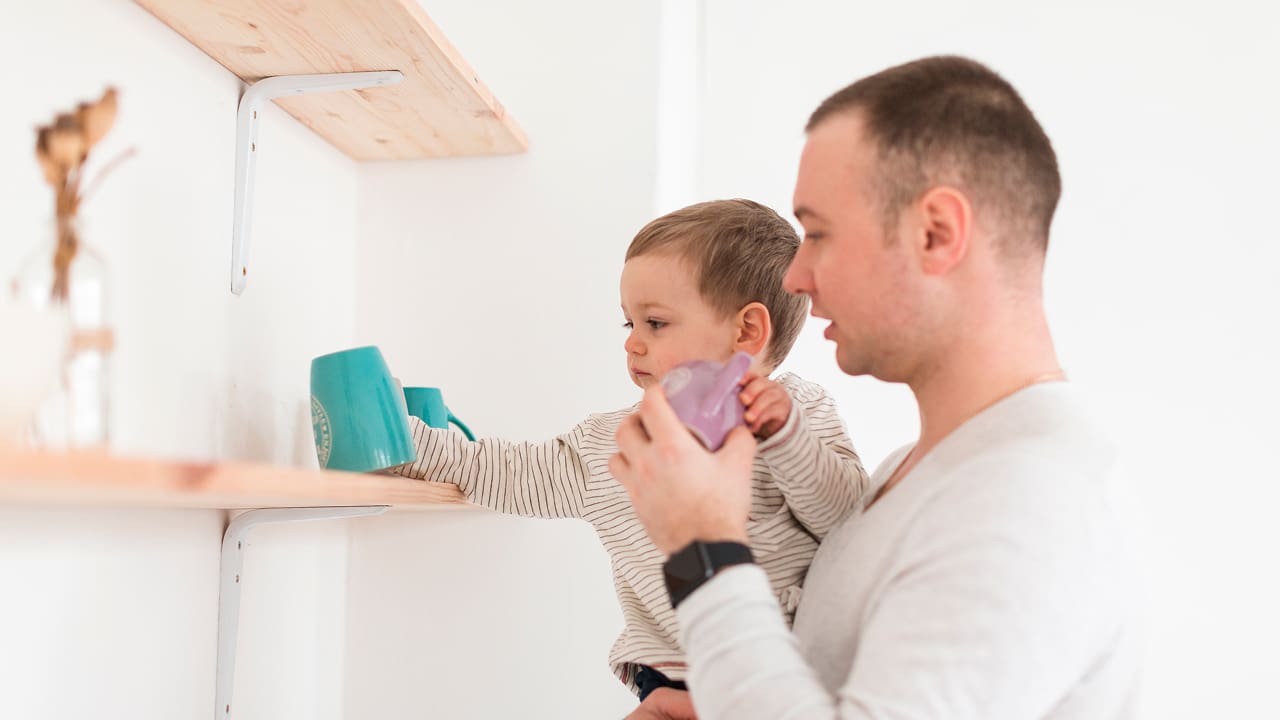Baby Proofing Your House to Prepare for a Newborn
The baby’s arrival at home will make you the happiest. And getting your home ready for this new little creature is yet the most exciting part of becoming a parent. But juggling between setting up the nursery and buying little clothes for the baby. It’s easy to look upon the most important stuff, which is baby proofing the house. As there could be many dangerous things for your tiny human.
Table of Contents
It’s a life-changing moment for every parent, but when talking about the surrogate mothers, it even demands responsibility. Thousands of women in society are applying for surrogacy. But there is a requirement from Elevate Baby suggesting that one should be between the ages of 21 and 45 to become a surrogate mother.
Baby proofing doesn’t mean to make your house perfect. Simply, it means to make it safer for those little curious hands and feet. Undoubtedly, the babies grow faster than you think. You don’t know what their next move is. One day, they’re just lying there. The very next moment, they’re crawling straight towards the TV stand. In this blog, you’ll learn how to kid-proof your home. Hopefully, we have tried to make things easier for you.
Why Childproofing is Important Before Baby Arrives?

The newborns are not immediately mobile. They grow and develop rapidly. Starting the proofing process early ensures that your home is now ready to welcome the newly born with reduced risks of accidents, plus giving you peace of mind.
The experts at Vanderbilt Health state that certain aspects of baby-proofing the house should be addressed before the newborn arrives. Some hazards can even pose risks to immobile infants.
Room-by-Room Toddler Proofing Checklist for New Parents
The most essential thing you need to consider while preparing for a newborn is to baby-proof your house. Get yourself prepared in advance, in order to avoid worrying later. Because soon your toddler starts to crawl or roll, they will be going into everything, everywhere.
Nursery
The nursery is where your little one will sleep and spend a lot of quiet time, so it should be both safe and calm.
- Crib Safety: You need to make sure that the crib is strong and safe without having any broken parts. Don’t use old cribs with drop-down sides.
- Changing Table: Babies can roll or wiggle without showing any signs. So, you need to keep one hand on your newborn and the other on the strap. Avoid leaving the little one unattended by using the safety strap.
- Window Treatments: The cords and blinds of your windows must be cut short or tied high up. So that your newborn is safe if his/her crib or play area is around a window.
Living Room
A living room is the most used space and seems to be harmless in the eyes of adults. Thus, risky for your little one. You need to be careful about the following things:
- Furniture Anchoring: When your toddler starts to climb, it’s time to secure all your bookshelves, TVs, and other heavy furniture that your little one starts trying to climb up. This will prevent the infant from tipping down.
- Corner Guards: Go for soft, rounded corner protectors. They’re easy to install and prevent injuries during falls.
- Electrical Outlets: Babies love poking fingers or toys into small spaces. Outlet covers are a cheap and simple fix to stop that. Cover all unused outlets with safety plugs to prevent your toddler from inserting objects.
Kitchen
Since most babies love being wherever you are, the kitchen becomes a high-risk zone once they’re mobile.
- Cabinet Locks: Babies can still surprise you with the closed cabinets. Even if you keep the cabinets out of their reach, the little one manages to explore somehow. Therefore, you need to use locked cabinets, which may last up to 50 years. Thus, it prevents the little one from getting into trouble.
- Appliance Safety: When you are not using any appliances, just unplug them. The cords must be stored away from edges, where there is a chance that the little hands can grab them.
- Trash Cans: Trash cans are treasure boxes for a baby. Because they love exploring. Use bins with lids on them, or else hide the bins in a locked cabinet.
Bathroom
Even though you’re always with your newborn during bath time, the bathroom still needs some safety upgrades.
- Toilet Locks: Babies can lean in and accidentally fall. Keep the lid locked to avoid risks.
- Medicine Storage: Keep all medications, supplements, and vitamins in high cabinets with childproof locks.
Stairs and Hallways
These are the transition areas, but don’t forget they need kid-proofing too.
- Baby Gates: Install safety gates at the top and bottom of stairs to prevent falls. Ensure they are securely mounted and meet safety standards.
- Lighting: Keep hallways well-lit to prevent trips and falls, especially during nighttime feedings or diaper changes.
Must-Have Baby Proofing Products for Every House

You are required to invest in high-end quality products for baby proofing your house. It’s not only about locking the cabinets or stairs. But rather, it is to create a safe or sound environment for your infant to let him/her grow and explore without getting hurt. Here are some essentials which will help:
- Safety Gates: If your house has stairs, a hardware-mounted gate is a must at the top. Pressure-mounted ones are fine for flat areas like room entrances. Look for ones that are easy for adults to open but impossible for tiny hands.
- Corner and Edge Protectors: Magnetic locks are a game-changer. They stay hidden and only open with a special magnetic key. Super useful for keeping babies away from cleaning products, sharp knives, or even snacks they’re not supposed to reach.
- Outlet Covers: Babies love poking things into small holes. A self-closing outlet cover is a smart and affordable way to stop this. You don’t even have to take it off when using the plug.
- Furniture Anchors: Honestly, these should be in every home with or without a baby. Kids can easily tip over a dresser or TV stand by pulling or climbing. This can prevent serious injuries kids can get from falling furniture.
- Stove Knob Covers: These clear plastic covers go right over your stove knobs. They make sure your baby can’t accidentally turn on the gas or heat.
Check out this page if you want to see real parent favorites for childproofing. Lots of mommies and daddies have shared the best things that worked out for them.
How to Kid-Proof Furniture, Stairs, and Sharp Corners
Every crawl and walk of your toddler is a sign of being careful and attentive towards your toddler. Your home can be potentially hazardous, especially the stairs, furniture, etc.
Furniture
Babies are curious little climbers. That cute dresser or bookshelf might look safe, but it can tip over if pulled on.
- Anchoring: Always anchor tall furniture like bookshelves, dressers, or even TV stands to the wall using anti-tip straps or brackets. It takes just a few minutes but can save a life.
- Corner Guards: Tables and countertops usually have sharp corners. A toddler learning to walk can easily bump their head. Soft corner protectors are cheap, easy to install, and do a great job at reducing injuries.
- Drawer Stops: Babies love pulling drawers open. It might seem harmless until one falls out or your baby traps their fingers. Drawer stops prevent drawers from being pulled out all the way.
Stairs
Even one missed step can be dangerous for a little one.
- Safety Gates: Install gates at both the top and bottom of the stairs. Make sure they’re mounted tightly and not just wedged in, especially at the top.
- Non-Slip Treads: Stairs can be slippery, especially if you have wood or tile. Stick-on non-slip treads help prevent falls.
Sharp Corners
- DIY Solutions: If you are on a tight budget, you can cut pool noodles to fit over sharp edges and secure them with tape or zip ties. It may not have a fancy appearance, but it works!
- Commercial Products: If you want a cleaner look, invest in corner protectors, which are purposely made for this. They blend well with your furniture.
Electrical and Kitchen Safety Tips for Infants

The curiosity of a child has no boundaries. They want to explore and get into everything. That is why baby proofing your house needs to be done. So, it’s important to kid-proof the kitchen and electrical outlets.
Electrical Safety
The electricity can harm the little ones very dangerously. But, there are easy ways out, making things safer, which are:
- Outlet Covers: Babies love poking things into small holes—outlets being one of them. Use outlet plugs or self-closing covers that automatically slide shut when not in use. They’re cheap and easy to install.
- Cord Management: Dangling cords from lamps, chargers, or blinds can be tempting for babies to pull. Use cord winders, zip ties, or tuck them behind furniture to keep them out of reach.
- Power Strips: If you use power strips, cover them with a safety box so tiny fingers can’t reach the sockets. You can find these online or at most kids’ stores.
Kitchen Safety
The busiest room of the house is your kitchen. Yet, this room is full of hidden dangers. You can take the following precautionary measures:
- Appliance Locks: Babies can pull open dishwashers, ovens, and even fridges. Install appliance locks to keep doors closed and the baby out.
- Knife Storage: The knives and sharp tools must be kept in closed cabinets or drawers with safety latches on them. Put them where the babies can’t reach.
- Hot Surfaces: You should never leave the stove turned on while cooking. You must not have an unattended attitude towards it. Try always using the back burners on the stove and turning the pot handles inward.
- Cleaning Supplies: The cleaning materials, like sprays and dishwashing liquids, must be stored in a locked cabinet or up high. Don’t be carefree, even about the “natural” cleaners. They can be harmful too, if swallowed.
Additional Things While Infant Safety Preparation
Gates and Barriers
Baby gates are required for stairs. Install them securely at both the top and bottom. Use barriers to separate hazardous places, like the kitchen. Make sure these gates are secure and meet safety regulations.
Temperature Control
Babies are sensitive to temperature. Set your water heater to around 120°F to avoid burns, and use a thermostat to keep the nursery at a consistent temperature.
Window Safety
Besides keeping cribs away from windows, install window guards to stop them from opening more than a few inches. Don’t forget to tie up or remove blind cables, as they can cause strangling.
Fire and Carbon Monoxide Safety
You must set alarms for smoke and carbon monoxide detectors. Check them on a regular basis, and keep a fire extinguisher accessible just in case.
